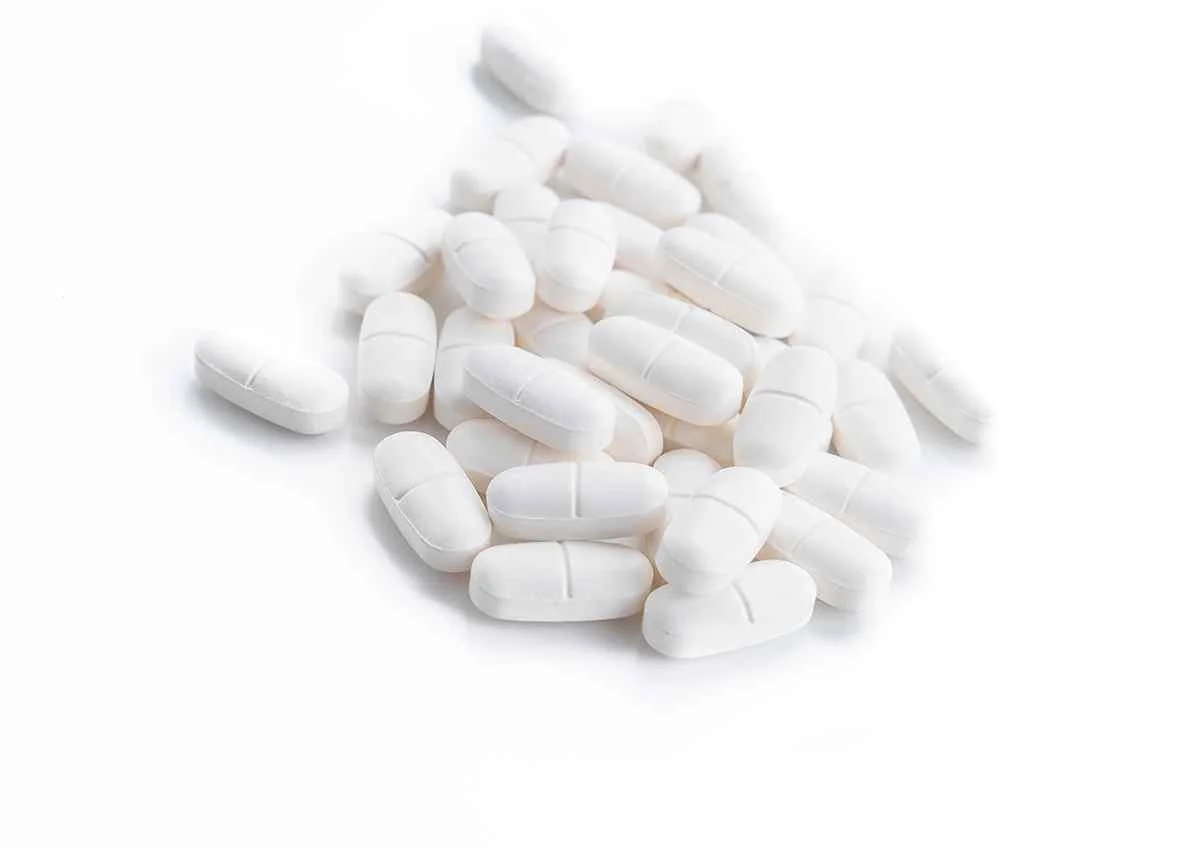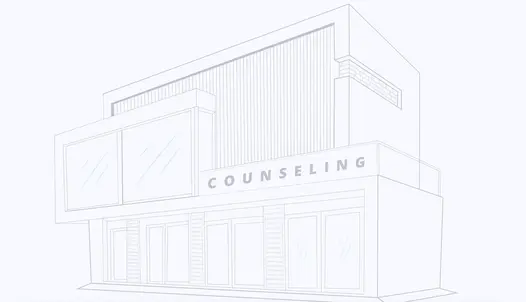Hydrocodone

Hydrocodone is an opioid analgesic indicated for the management of severe pain.
Common Brand Names: Zohydro ER, Hysingla ER, Hycodan (with homatropine), Robidone, Vicodin (with paracetamol), Vicoprofen (with ibuprofen), Azdone (with aspirin)
Hydrocodone is an opioid receptor agonist that engenders its analgesic effect by activating mu-opioid receptors in the central nervous system (CNS). Because of its relaxing and analgesic properties, it carries a high risk for abuse among individuals who desire to take advantage of these effects. In fact, hydrocodone is listed as a Schedule II drug under the federal drug scheduling system, which means it has a high potential for abuse leading to dependence and addiction.
What Is the Medical Use of Hydrocodone?
In tablet form, hydrocodone’s primary use is to relieve severe pain, especially in people who experience it around the clock or those who do not respond to other pain medications. When used in formulations with acetaminophen or ibuprofen, hydrocodone also reduces fever. In liquid form, hydrocodone can also be used as an antitussive in adults with nonproductive coughs.
Pregnant women are discouraged from using hydrocodone because it can cross the placenta and cause neonatal opioid withdrawal syndrome. Breastfeeding women should also not use hydrocodone, since infants are highly susceptible to the drug. In many cases, infants can experience increased drowsiness, difficulty breastfeeding, breathing difficulties, and even death.
How Is Hydrocodone Abused?
Most people who misuse and abuse hydrocodone do so by chewing, injecting, or crushing and then snorting the drug. This is often due to the desire to ingest more hydrocodone in one go to boost its effects. Doing this can result in issues like increased tolerance, overdose, and even death.
Due to the continuously growing public health problem caused by hydrocodone abuse, the FDA has approved formulations of the drug with abuse-deterrent properties. For example, they’re designed to make manipulation of the tablets more difficult or to make the abuse of the manipulated drug less attractive or rewarding.
Drugs That Interact With Hydrocodone
There are a variety of drugs that can interact negatively with hydrocodone. These include:
- CNS depressants: Substances like alcohol, benzodiazepines, barbiturates, and other opioids can lead to extreme sedation and additional respiratory depression.
- Drugs that induce or inhibit cytochrome enzymes: Drugs like rifampin, phenytoin, and carbamazepine induces these enzymes, while cimetidine, fluoxetine, and ritonavir can inhibit them. Concomitant use of these drugs with hydrocodone can lead to wide disparities in hydrocodone plasma concentrations in the body.
- Acetaminophen: Hydrocodone drugs that contain acetaminophen can interact with warfarin, which can lead to bleeding.
How Addictive is Hydrocodone?
According to the National Institute on Drug Abuse, prescription opioids like hydrocodone are among those with the most potential for misuse and addiction.
As an opioid, hydrocodone can make its users feel “high” and even euphoric. It can also induce a feeling of contentment. Those who abuse hydrocodone usually aim to replicate or prolong these effects.
Hydrocodone is also very accessible, since it’s a commonly prescribed drug. It’s also rather affordable, making it even more prone to abuse.
Hydrocodone Side Effects
Taken in the correct amount and as directed, hydrocodone usually is safe and well-tolerated. However, just like any other medication, hydrocodone can be associated with several adverse effects. Some of the most common side effects of hydrocodone are:
- Nausea and vomiting
- Constipation
- Diarrhea
- Indigestion
- Abdominal pain
- Increased or decreased blood pressure
- Peripheral edema
- Cough
- Shortness of breath
- Headache
- Insomnia
- Dizziness
- Drowsiness
- Anxiety
- Increased sweating
- Rash
- Urinary retention
- Tinnitus
Long-Term Effects of Hydrocodone
One of the most common long-term effects of hydrocodone is an increased risk of depression. The drug has also been found to cause OIED or opioid-induced esophageal dysfunction. Some symptoms of this condition include esophageal spasms, esophagogastric junction outflow obstruction, and Jackhammer esophagus.
Symptoms of Hydrocodone Overdose
Hydrocodone overdose can be indicated by the following signs and symptoms:
- Apnea
- Difficulty in breathing
- Bradycardia (slow heart rate)
- Clammy skin
- Cyanosis (bluish tint to the skin)
- Hypotension
- Loss of consciousness
- Miosis (constriction or shrinking of the pupil)
- Respiratory depression
In cases of hydrocodone overdose or toxicity, patients can experience severe respiratory depression which can be fatal. Patients suffering from hepatic or renal impairment are at a greater risk for overdose because of slower drug metabolism and thus must be monitored closely for signs of respiratory depression.
One of the ways to reverse hydrocodone overdose is to give an opioid antagonist medication like naloxone. It can help restore breathing and counter the sedating effects of opioids. If you or a member of your family is using hydrocodone, it’s best to talk to your doctor about the possibility of getting naloxone as an emergency medicine in case of an overdose.
Signs of Hydrocodone Addiction
Those who are taking hydrocodone, even at recommended doses for therapeutic purposes, must be closely monitored for any sign of abuse and addiction.
The Fifth Edition of the Diagnostic and Statistical Manual for Mental Disorders (DSM-5) lists 11 criteria for substance use disorders, which is also applicable to hydrocodone addiction. The symptoms include the following:
Taking hydrocodone in larger amounts or for longer than prescribed
- Being unable to reduce or stop using hydrocodone, despite a desire to do so
- Spending a lot of time getting and using hydrocodone, or recovering from use of it
- Feeling intense cravings for hydrocodone
- Inability to manage obligations or commitments due to hydrocodone use
- Continuing to use hydrocodone despite it causing relationship problems
- Giving up important social and recreational activities because of hydrocodone use
- Repeatedly using hydrocodone even if it puts you in danger
- Continuing to use hydrocodone despite the possibility of making your physical or psychological problems worse
- Tolerance, which can be characterized by needing higher and higher doses of hydrocodone to achieve the desired effects
- Developing withdrawal symptoms after abrupt discontinuation of hydrocodone use
Signs of Hydrocodone Withdrawal
If you’ve been using hydrocodone for a while, suddenly stopping use of it can result in withdrawal symptoms, including:
- Restlessness
- Teary eyes
- Runny nose
- Frequent yawning
- Sweating
- Chills
- Hair standing on end
- Muscle pain
- Widened pupils
- Irritability
- Anxiety
- Back or joint pain
- Weakness
- Stomach cramps
- Difficulty falling asleep or staying asleep
- Nausea
- Loss of appetite
- Vomiting
- Diarrhea
- Fast breathing
- Tachycardia or fast heartbeat
It’s important to recognize that even if you are taking hydrocodone as prescribed, you may still develop a dependence on the drug. However, this doesn’t automatically mean that you are addicted to hydrocodone; rather, your body may have just become used to the presence of the drug. If you want to stop using it, don’t do it abruptly to avoid dangerous hydrocodone withdrawal symptoms. Instead, seek help from a medical professional or a rehabilitation facility so that they can gradually take you off the drug by designing a tapering schedule for you.
Hydrocodone Detoxification
If you or a loved one is experiencing the above-mentioned withdrawal symptoms, the best thing to do is to undergo hydrocodone detox. Such a program is designed to accomplish two things: remove the presence of the drug in your body and manage the deleterious symptoms of withdrawal. Here’s why you can expect when undergoing detox for hydrocodone:
- A detoxification program begins with the gradual lowering of the hydrocodone doses that you consume daily.
- You may also be prescribed medications like buprenorphine, methadone, and naltrexone that can either suppress withdrawal symptoms or relieve cravings.
- You may also be given nutritional supplements and IV fluids to further restore your body to good health.
- Throughout the detoxification process, medical professionals will provide constant monitoring and support so that you can feel safe and comfortable as you go through the stages of withdrawal.
Rehabilitation and Treatment for Hydrocodone Addiction
Overcoming hydrocodone addiction is not easy but it’s definitely possible. With the help of professional treatment, you or your loved one can beat opioid addiction and stay sober. There are usually two options available when it comes to drug addiction treatment: inpatient and outpatient. The most suitable setup for you will depend on your situation.
- Outpatient hydrocodone addiction treatment: This type of rehabilitation is ideal if you have a mild addiction case, which means you have less dangerous symptoms and you have a high likelihood of treatment compliance. It’s also recommended for those who can get a lot of support from their family and friends back at home and in their community. With outpatient rehab, you will be allowed to live in your own home, go to work or attend school, and do your usual day-to-day activities. The only difference is that you will be required to attend therapy, counseling, and other treatment programs at an assigned facility.
- Inpatient hydrocodone addiction treatment: If you or your loved one has severe addiction or has a high risk of non-compliance, inpatient rehab would be more ideal. This is the more intensive option, where you will be required to stay in the rehabilitation facility until you complete the program. You will be prescribed a combination of treatment methods, including medications and psychological therapy, and you will also receive constant supervision and care from medical professionals.
Receive the Treatment You Deserve
The first step towards living a drug-free life is to acknowledge that you need help. Once you do this, it will be easier to look for treatment options. If you have insurance, your policy likely already provides coverage for both outpatient and inpatient addiction treatment services.
Call Better Addiction Care at (800) 429-7690 to speak to a recovery support advisor, who can verify your insurance coverage for drug addiction treatment. They can also put you in touch with our partner treatment centers and help you find the best treatment facility for your unique case. If you don’t currently have insurance, they can also advise you regarding other ways to finance your treatment.
History of Hydrocodone
Hydrocodone was first synthesized in 1920 by German scientists Carl Mannich and Helene Löwenheim. Initially branded as Dicodid, it was first marketed in 1924 by Knoll, a German pharmaceutical company. Dicodid was also U.S.-registered and was marketed in North America, where it became available in 5 mg and 10 mg tablets.
In 1943, hydrocodone was granted approval for sale by the U.S. Food and Drug Administration and by Health Canada under the trade name Hycodan. Currently, the U.S. accounts for more than 99% of annual consumption of hydrocodone, as it is not widely available anywhere else. In 2017, hydrocodone was listed as the 118th most prescribed medication in the U.S., with more than 6 million prescriptions across the country. At one point, Germany was the second biggest consumer of hydrocodone, next to the US. However, presently, Dicodid is no longer manufactured in Germany.
Resources
Treatment Centers in Arizona
 123
123
 123
123
 123
123
